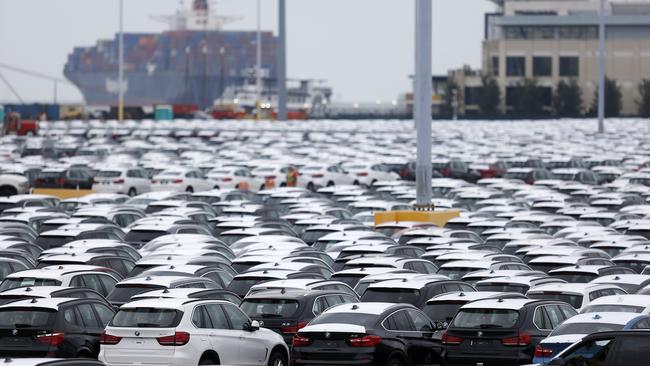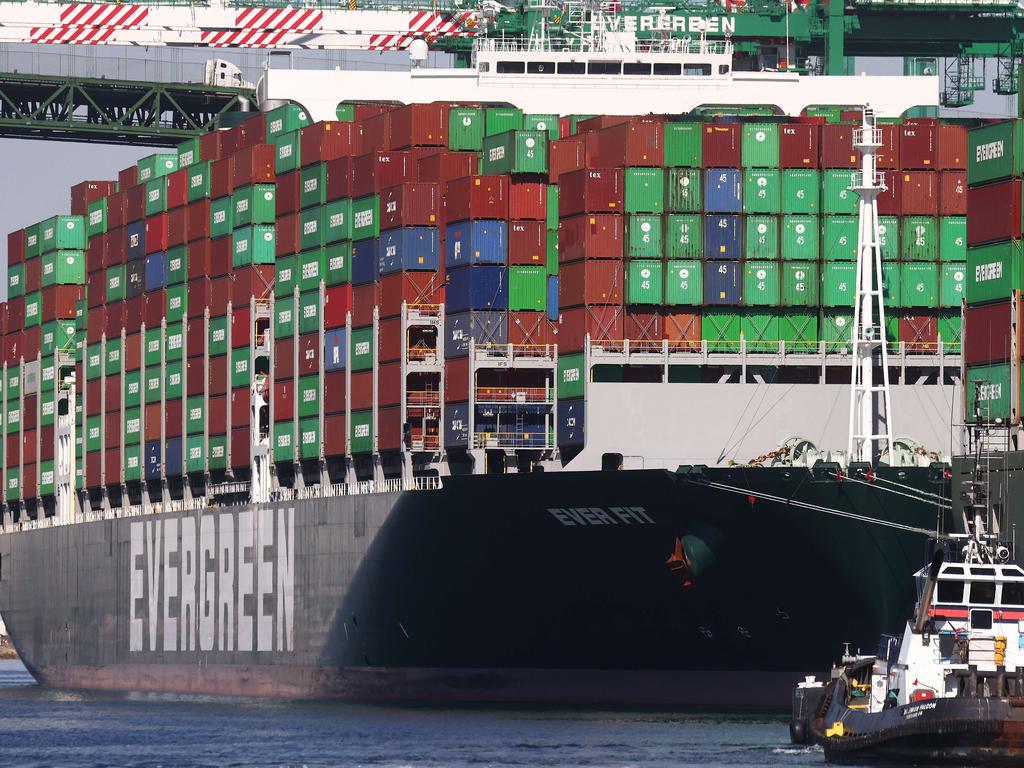New car sales fall as supply falls behind demand
Ongoing supply chain problems have caused Australian new car sales to fall, despite demand remaining strong.

New car sales in Australia are falling despite heightened demand due to supply chain problems that are set to extend into next year.
Sales statistics for October released by the Federal Chamber of Automotive Industries on Thursday show 74,650 new vehicles were sold across the month, down 8.1 per cent on last year.
FCAI Chief Executive Tony Weber said it was clear manufacturers were still having challenges with securing the microprocessors needed to make modern vehicles, although the supply of cars into Australia should stabilise in 2022.
“Automotive manufacturers like all those in the global manufacturing sector are dealing with a microprocessor shortage which is leading to longer wait times to get products to market,” he said.
“Australians are continuing to purchase vehicles, and carmakers are working to deliver products to our shores.”
The starkest decline was in the ACT, where sales plunged 22.3 per cent compared to last year.
NSW recorded a fall of 12.2 per cent while sales in Queensland were down by 10.3 per cent.
The only state to notch up a sales gain was Victoria, which saw a 6.3 per cent increase over last October.
Mr Weber said electric vehicle sales continued to increase, after South Australia joined Victoria and NSW in releasing comprehensive plans to encourage their uptake.
“All of these jurisdictions worked proactively with industry to provide infrastructure investment and consumer incentives,” Mr Weber said.
“ We look forward to working with governments at all levels to form nationally consistent policies which will make electric vehicles more accessible to the Australian motorist.”
CommSec Chief Economist Craig James said Australian demand for cars remained strong despite recent sales declines, as the prices of used cars continue to rise.
The new vehicle market is a perfect example of the global supply-chain issues that are currently being experienced,” he said.
“So new vehicles are in short supply, driving up prices – not just of new vehicles but used vehicles also.
“The Datium Insights-Moody’s Analytics Used Vehicle Price Index increased by 12.7 per cent on a year-ago basis in October, compared with 11 per cent in the month prior.”
Australia’s love affair for Toyota vehicles did not abate over October, with the Japanese brand moving 15,395 units over the month.
It was followed by Hyundai with 6,115 cars sold and Ford with 5,462 cars sold.
The Ford Ranger was the highest-selling model with 4,135 sold while the Toyota Hi-Lux came in second with 3,961.







To join the conversation, please log in. Don't have an account? Register
Join the conversation, you are commenting as Logout